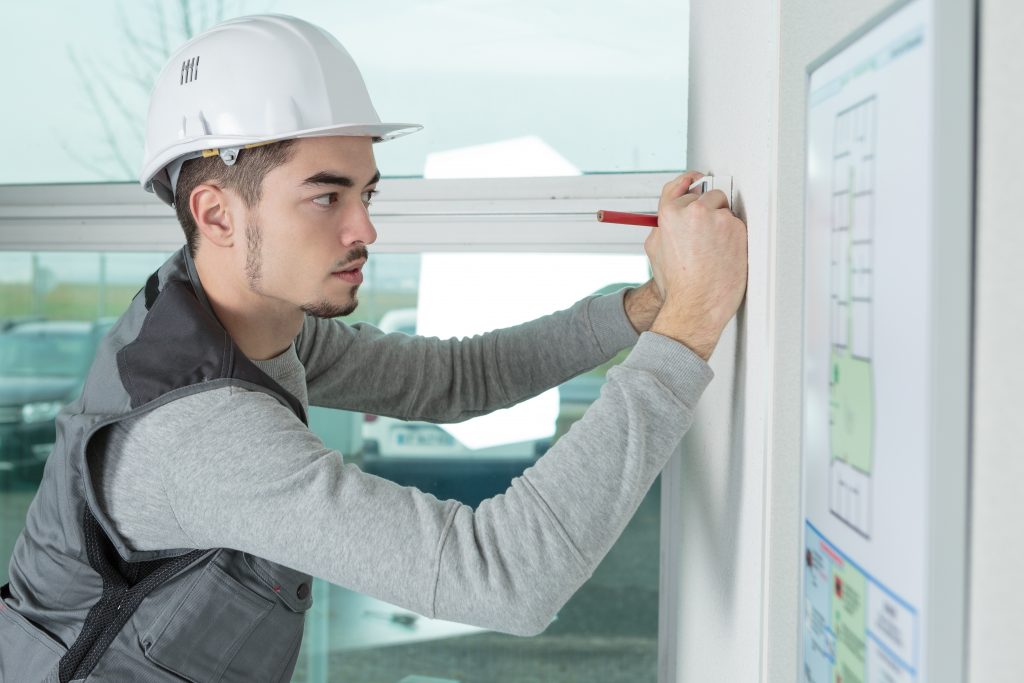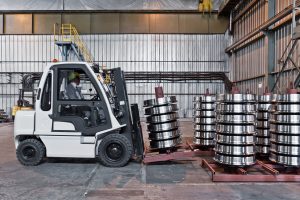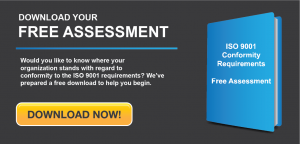Similar dangers exist in all types of plants, warehouses and similar workplaces. Whether you’re repairing automobiles for drivers or preparing foods for diners, there are common tips for risk management at the plant and similar facilities that all should follow.
7 Tips for Risk Management at the Plant
1. Use safety equipment.
Nearly every type of job requires the use of some kind of safety equipment. Hard hats? Steel-toed boots? Welding glasses? Slip-resistant shoes? Latex gloves and hair nets?
First, make sure you know the proper types of safety equipment required for your employees, the building, and the equipment inside the building and on the grounds. Obtain safety equipment with great quality, as you do not want to risk anyone’s safety by buying cheap products.
Next, make sure you have these safety features on hand for all to use, and make efforts to make sure all employees know how to use them. A fire extinguisher is a great example of one piece of safety equipment that should be nearby for all to use.
If the required safety equipment for your business includes such things as steel-toed boots, have these requirements in writing and share them with employees who must use these items.
2. Be prepared.
Some risks are part of the nature of certain jobs. If you can expect them, you can be prepared to combat them. All employees should know how to prevent these dangers and what to do in the event of an emergency.
3. Have an emergency evacuation plan in place.
Speaking of emergency, take the advice of the fire marshal and other safety personnel. Have an emergency evacuation plan in place. Make sure the plan is visible, and review it to make sure all employees understand it. Keep a count of all employees to make sure they are all safe and accounted for in the event of an emergency. Don’t neglect to practice the emergency evacuation procedure.
4. Keep it clean and organized.
One of the most important tips for risk management at the plant and other workplaces is to keep the area clean.
Spills and messes should be immediately cleaned up. Items such as glass that may have fallen on the floor should be promptly and safely removed. Clutter should not be in the middle of common walkways, and overhead items (such as a hoist) should be out of harm’s way when they are not in use; when they are in use, make sure you’re using those hardhats and taking extra precautions not to bump into them.
Anything that seems to have the possibility of being dangerous probably is, so prevent injuries by keeping your work area clean and cleaning up the area around you if possible.
5. Be careful when using dangerous tools or heavy machinery.
Operating dangerous tools and heavy machinery always has its dangers, which is why users should read the directions and be trained regarding their proper use.
Needless to say, those warnings from the pharmacy are serious: Don’t operate heavy or dangerous machinery under the influence of drugs or alcohol. It’s not only about keeping yourself safe, but also about the safety of others around you.
6. Silence those phones.
Phones and other distractions could be dangerous. Avoid distractions by requiring employees to lock away those phones or asking them to silence them. Implement similar requirements as needed in order to avoid distractions.
And 7: Contact Trident QMS to Make Sure You’re not Overlooking Anything
If you want to know additional tips for risk management at the plant, we can give you more specific suggestions. Feel free to contact us anytime through our Trident QMS website or by phone at 520-314-4343.



